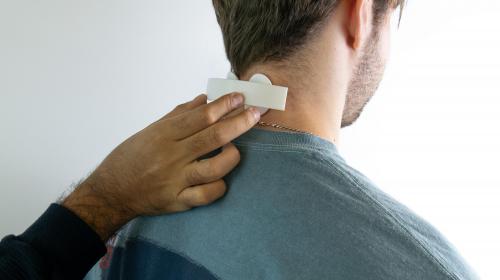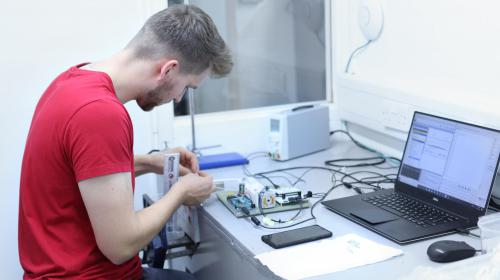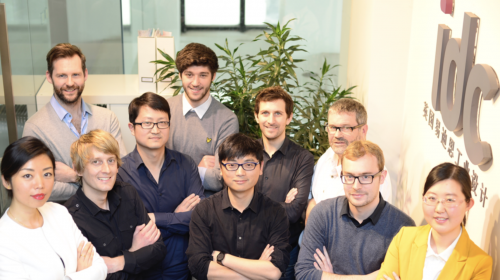What Are the Key Considerations When Designing Products for Industrial Use?
Designing products for industrial environments presents a unique set of challenges and demands. Unlike some consumer products, industrial equipment must function flawlessly in testing environments, endure intensive use, and support the safety and efficiency of professional users.
Industrial design remains just a crucial step in this journey: shaping not only the usability and reliability of these products but also their manufacturability and long-term performance.
At Industrial Design Consultancy (IDC), decades of experience across sectors such as automation, factory tools, diagnostics, and heavy machinery have revealed the complex nature of industrial product design. In this guide we’ll dive into the key considerations when designing products for industrial use:
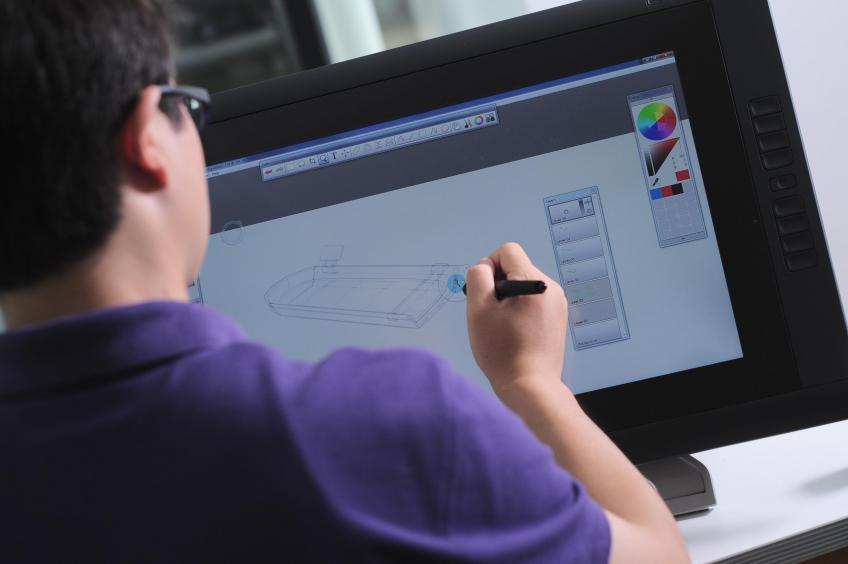
Industrial products often face harsh operating conditions: exposure to dust, moisture, chemicals, vibrations and/or repeated mechanical stress. This means: Material selection is critical. We have experience designing with engineering-grade plastics, metals, fibre reinforced composites and ceramics as well as using specialist coatings to ensure reliable performance whatever the operating environment and durability requirements. Structural design must anticipate impact forces, wear, and fatigue over years of service. Ingress protection (IP ratings) and sealing are often required to shield sensitive electronics or moving parts. We also have experience of designing to ATEX standards for industrial products used in explosive atmospheres. Every design choice must be tested not just for how the product looks and functions, but how it survives real-world use.Durability
Ease of Assembly and Maintenance
For Industrial customers, products that are easy to assemble and maintain are paramount. Our approach often includes:
Design for Assembly (DFA): Simplifying structures, reducing part counts, and ensuring clear alignment between components.
Design for Maintenance: Allowing key modules to be accessed, repaired, or replaced with minimal disassembly.
Smart fastening and modularity: Replacing complex fixings with clips, slots, or tool-less solutions where appropriate.
Elite design anticipates the entire lifecycle of a product, not just its initial use. Which leads us onto:
Sustainability and End-of-Life Design
The industrial sector is also under pressure to reduce waste, improve energy efficiency, and meet environmental regulations. Design considerations now include:
Modular construction for easier disassembly and reuse.
Material selection with recyclability in mind.
Energy efficiency, through thermal management and low-power components.
We support clients through sustainable design audits, using Life Cycle Assessment (LCA) tools to guide decisions that align with environmental targets without compromising function.

Safety and Performance in Challenging Environments
Operators in industrial settings often work under time pressure, in noisy or low-light conditions, and while wearing gloves or PPE. These realities demand a tailored user experience:
Ergonomics: IDC designs with physical comfort, reachability, and intuitive grip in mind, especially for handheld or frequently manipulated components.
Physical safety: Guarding moving parts, sharp edges, or high-heat areas.
Visual cues and labeling: Using shape, colour, and iconography to indicate function, danger zones, or operational states.
Regulatory compliance: IDC ensures products conform to CE marking, ISO standards, and other regional safety directives, particularly for electrical and mechanical equipment as well as industry and application specific standards such as ATEX for industrial equipment used in explosive atmospheres..
Clear feedback: Interfaces often use tactile and audible feedback, oversized buttons, and visual indicators to communicate effectively, even in distracting environments.
Minimised cognitive load: Complex operations are broken down into simple steps through clear design logic and interface hierarchies.
By prioritising real-world usability, our industrial design process ensures performance and safety are never compromised.
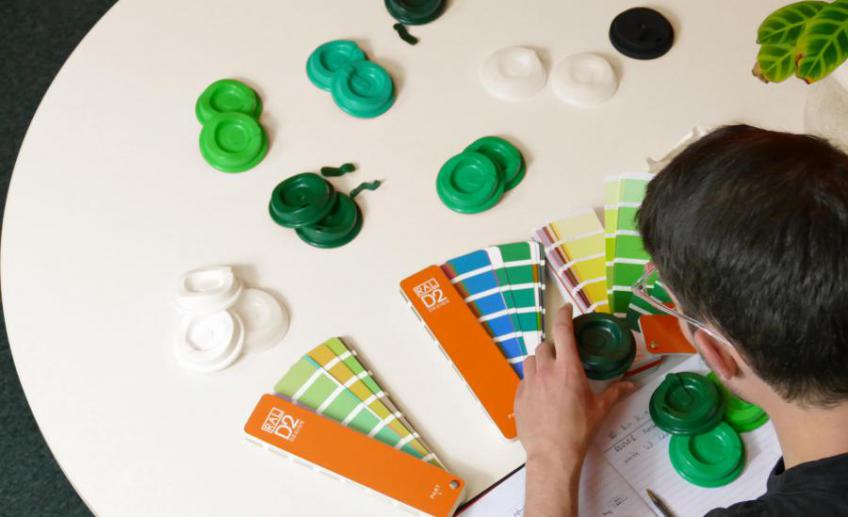
While function is paramount, industrial design also contributes to perception. Industrial products are increasingly seen as brand ambassadors, especially when sold in global or B2B markets. We help clients translate their brand values into Visual Brand Language (VBL): through form, material, and colour that align with the identity of the business. Even in testing environments, aesthetics can: Increase user confidence in quality and reliability Reinforce professionalism and trust Differentiate from competitors in procurement or trade showsVisual Brand Language (VBL) and Market Differentiation

Manufacturability is central to any successful industrial product. Our strong foundation in mechanical and electronic design engineering enables the team to propose solutions that are both innovative and cost-effective. Our Design Team works in tandem with engineers and supply chain specialists to ensure: Optimised production processes (e.g. injection moulding, die casting, or CNC) Tolerance control and part consistency across batches Realistic material and finish choices that won’t drive up unit costs or increase defect rates Optimised electronics and embedded software to ensure reliable control and operationProduction and Cost Efficiency
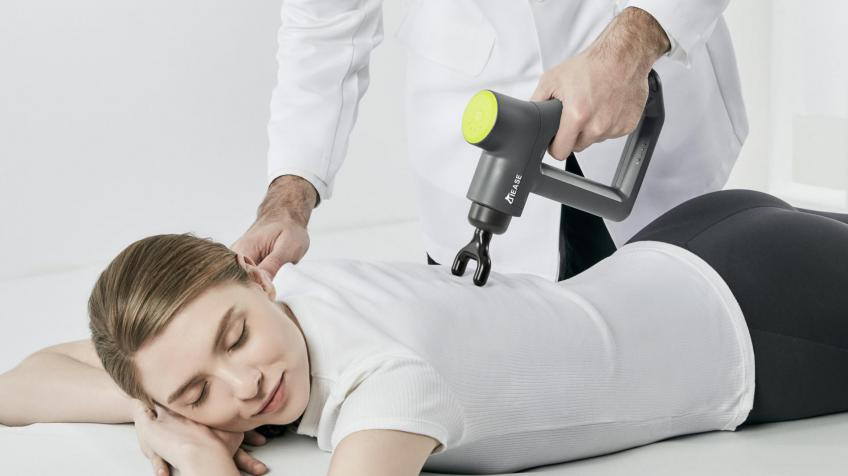
Our portfolio of industrial design work includes everything from analytical lab equipment to transport interfaces and heavy-duty tools. Every project is different, but each benefits from the same integrated approach: design, mechanical and electronics engineering, and production planning working as one. With over 50 years of industry experience across sectors, our projects show that when done right, industrial design can drive both performance and value - no matter how tough the job. Get in touch with our expert team today to shape durable, desirable, compliant and easily manufacturable industrial products. Industrial Products with IDC
